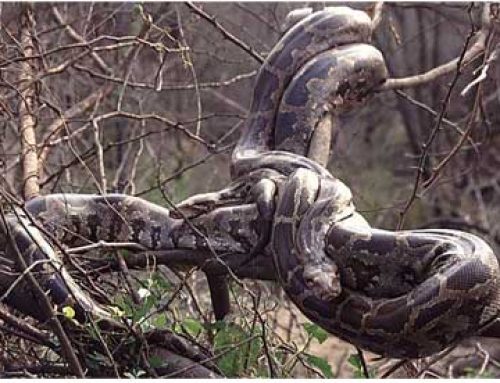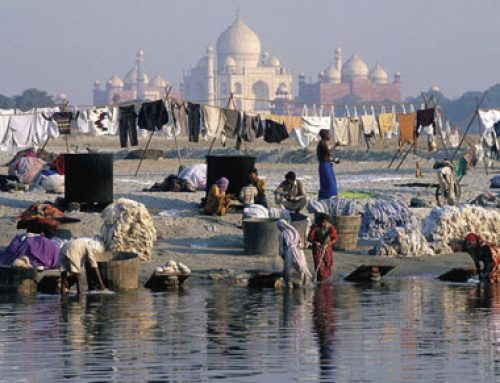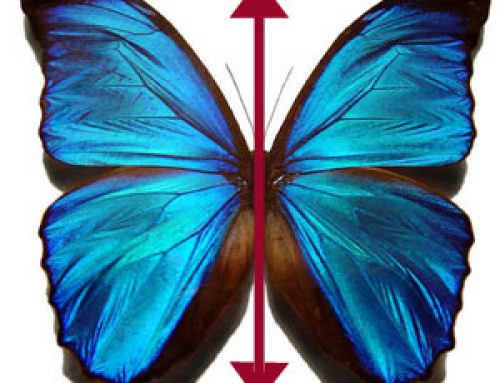
E. coli bacterium under a microscope
Where do E. coli bacteria live?
E. coli are a very common kind of prokaryote cell that lives mainly inside mammals and birds, including inside you.
What are prokaryotes?
What is dysentery?
All our biology articles
What do E. coli bacteria do?
They can only live for a short time on their own, because they have evolved over time to live inside animals. E. coli live in your intestines, where they eat some of your food and break it down into smaller molecules that you can get into your blood. They can eat a lot of different kinds of food.
What are molecules?
All about intestines
More about digestion
How do we get E. coli inside us?
Babies are born without E. coli inside them, but they usually get some inside them before they are two days old, from the hands of people who hold them.
What are E. coli cells like?
E. coli cells are so simple that they can build all the parts of the cell out of just one kind of sugar molecule (glucose). Some kinds of E. coli bacteria have flagella, so they can swim around inside you, and others don’t.
What’s a flagellum?
Most kinds of E. coli bacteria don’t hurt you, and in fact you need them to help digest your food. These E. coli bacteria also kill off other germs that might hurt you, and some of them produce vitamins you need. You usually have millions of them inside your gut.
E. coli and dysentery
But a few kinds of E. coli bacteria are poisonous, and occasionally people even die from eating the wrong kind of E. coli bacterium. You can avoid most bad E. coli infections by cooking meat well before eating it, and washing your hands with soap often when you are cutting up raw meat and after you go to the bathroom.
More about prokaryote cells
Bibliography and further reading about cells:




